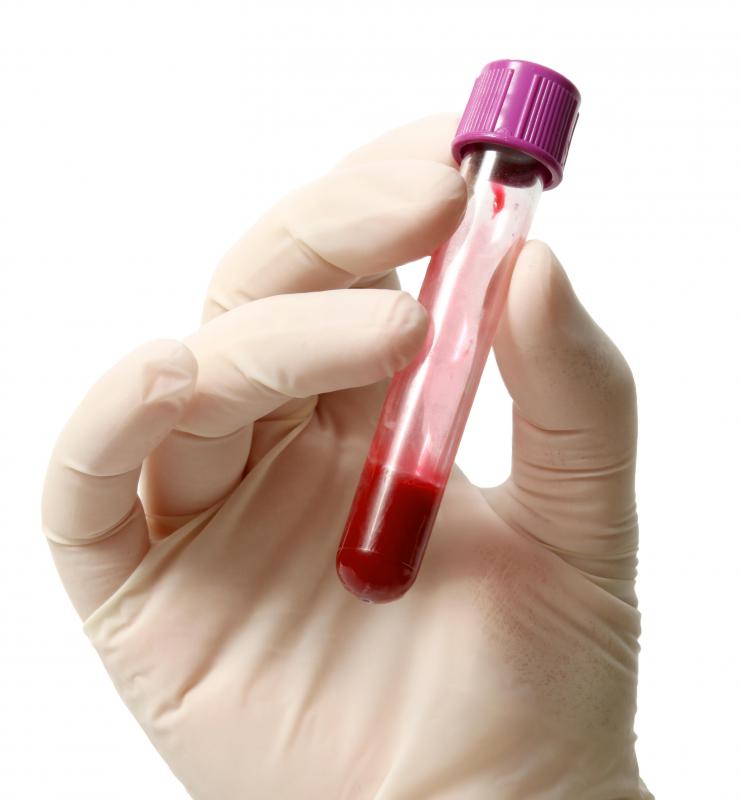At WiseGEEK, we're committed to delivering accurate, trustworthy information. Our expert-authored content is rigorously fact-checked and sourced from credible authorities. Discover how we uphold the highest standards in providing you with reliable knowledge.
What are the Different Hematology Jobs?
Hematology is the study of blood and bone marrow from a medical perspective. Physicians who hold hematology jobs are called hematologists, and they usually specialize by working with a particular condition or population. Clinical laboratory scientists known as hematopathologists help physicians make diagnoses and treatment decisions based on physical and chemical analyses of blood samples. Other hematology jobs are held by nurses and laboratory technicians, who aid doctors and scientists in their work.
Hematologists diagnose and treat patients with blood disorders, such as anemia, hemophilia, and thrombosis. Some doctors specialize in pediatric medicine, tailoring services to children and adolescents. Others focus on blood-related cancers, such as leukemia. Hematologists investigate blood disorders by conducting physical examinations and diagnostic imaging tests. They are assisted by nurses, who provide expert care and counseling to patients. Most hematologists and nurses are employed by general hospitals, though some work in private practices or specialty clinics.

When doctors suspect a patient may have a blood disease, they draw blood samples and send them to the hospital laboratory. A hematopathologist uses microscopes, cell counters, and chemical dyes to test and analyze samples, looking for abnormalities, such as bacteria and cancer. He or she can determine if a person has an unusually high or low level of a certain blood component, and determine what disease might be causing the condition. The hematopathologist records findings and makes a diagnosis, then passes on information to hematologists so they can determine the best course of treatment.

Laboratory technicians who hold hematology jobs assist hematopathologists. They collect blood samples from doctors, prepare microscope slides, set up equipment, and clean the lab after experiments. Blood samples that are not immediately tested are labeled and stored in refrigerators. Some technicians receive specialized training to conduct basic analyses on samples, allowing hematopathologists to focus on more complex or difficult cases. Technicians also monitor computer databases to ensure that information is organized, updated, and accurate.

The education and training requirements for the different hematology jobs vary. Hematologists and hematopathologists are generally required to complete medical school and up to six years in residency and fellowship programs before working independently. Most nurses hold bachelor's or master's degrees and gain specialized certification from regional governing boards. Technicians are usually required to earn associate's degrees in medical technology as well as regional licensure. There is room for advancement in most hematology jobs with continuing education, experience, and expert skills.––
AS FEATURED ON:
AS FEATURED ON:














Discuss this Article
Post your comments